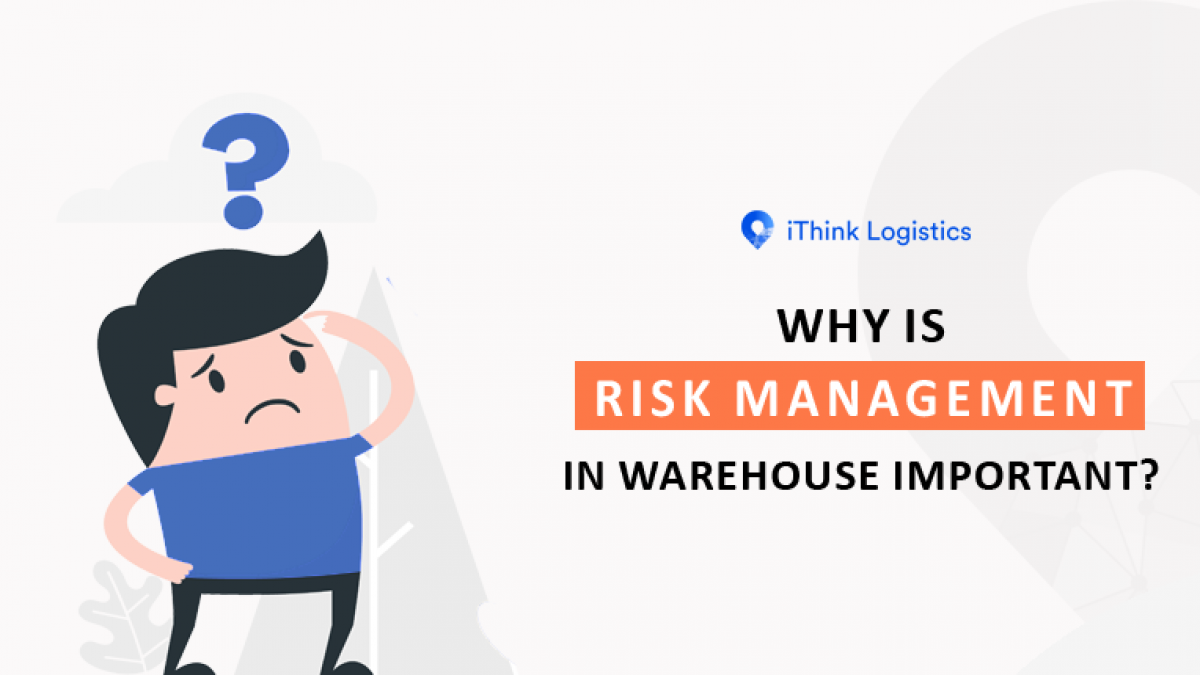Checking out the Importance of Risk Management for Effective Decision-Making Techniques
In the complex world of service, Risk Management emerges as an essential element in the decision-making process. The ability to determine possible risks and possibilities, and plan as necessary, can lead to the difference between success and failure.
Recognizing the Concept of Risk Management
Risk Management, an important element in decision-making, is frequently misunderstood or oversimplified. Risk Management includes structured and self-displined techniques, utilizing information and insightful analyses. From monetary uncertainties, legal obligations, tactical Management errors, to crashes and natural calamities, it deals with numerous dangers - importance of risk management.
The Duty of Risk Management in Decision-Making Processes
In the realm of calculated planning and business operations, Risk Management plays an indispensable duty in decision-making procedures. Risk Management thus becomes a crucial tool in decision-making, helping leaders to make informed selections based on a comprehensive understanding of the threats involved. Risk Management serves as an important component in the decision-making procedures of any type of organization.

How Risk Management Improves Strategic Planning
In the context of calculated planning, Risk Management plays an essential function. Initiating with the identification of possible threats, it better expands to the application of Risk mitigation actions. The duty of Risk Management is dynamic yet not static, as it demands consistent tracking and adjusting of approaches.
Determining Potential Threats

Executing Risk Mitigation
Risk reduction methods can range from Risk avoidance, Risk transfer, to take the chance of decrease. Each technique should be customized to the particular Risk, considering its prospective impact and the company's Risk tolerance. Reliable Risk mitigation calls for a deep understanding of the Risk landscape and the prospective impact of each Risk.
Monitoring and Changing Methods
Though Risk mitigation is an essential step in tactical preparation, constant monitoring and adjustment of these strategies is equally important. It also provides an opportunity to evaluate the success of the Risk Management measures, permitting changes to be made where essential, more improving calculated planning. Monitoring and adjusting Risk Management approaches is a critical component for boosting a company's resilience and strategic preparation.
Instance Studies: Effective Risk Management and Decision-Making
In the world of service and financing, effective Risk Management and decision-making commonly serve as the columns of thriving enterprises. These instances highlight the value of sharp her latest blog Risk Management in decision-making processes. These situations underscore the important role of Risk Management in calculated decision-making.
Devices and Methods for Effective Risk Management
These tools, such as Risk signs up and heat maps, aid in determining and assessing potential threats. Risk feedback strategies, a key component of Risk Management, involve approving, staying clear of, transferring, or mitigating risks. With these methods and tools, decision-makers can navigate the complicated landscape of Risk Management, thereby helping with informed and effective decision-making.
Future Trends in Risk Management and Decision-Making Methods
As we discover the large landscape of Risk Management, it ends up being noticeable that the tools and methods made use of today will continue to advance. The concept of Risk society, where every member of an organization is mindful and involved in Risk Management, will certainly gain much more prestige. These trends proclaim a more positive and comprehensive technique in the direction of Risk Management and decision-making.
Final thought

Risk Management thus ends up being a crucial tool in decision-making, assisting leaders to from this source make informed choices based on a thorough understanding of the his comment is here threats included. Risk mitigation strategies can vary from Risk avoidance, Risk transfer, to risk decrease (importance of risk management). Efficient Risk mitigation needs a deep understanding of the Risk landscape and the potential influence of each Risk. Risk action approaches, a vital component of Risk Management, entail accepting, staying clear of, transferring, or mitigating threats. The principle of Risk culture, where every participant of a company is aware and included in Risk Management, will get a lot more importance